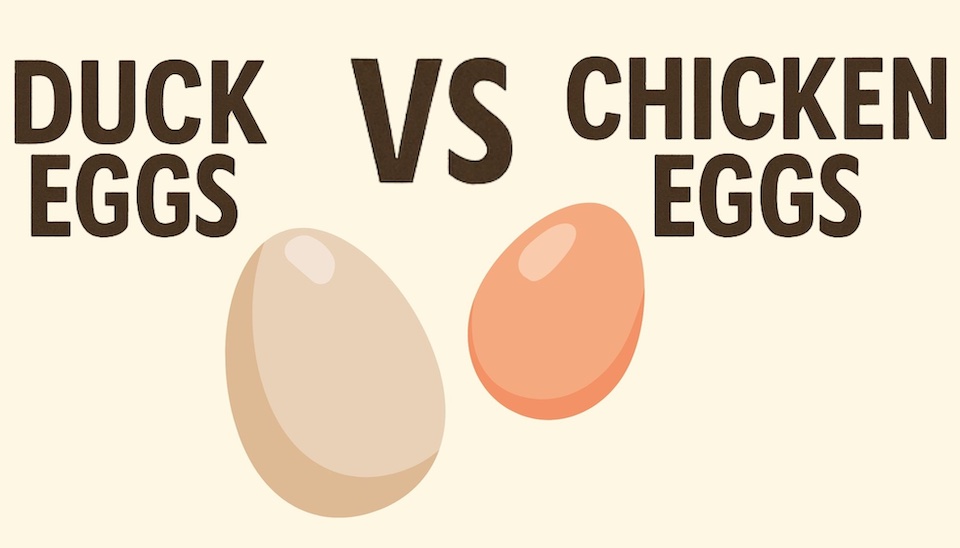The best chicken coop materials
Chicken coop materials - pros and cons
Whether you are building a DIY chicken coop or buying a coop, the building material matters more than you think. Choosing the right material will save you time and money in the long run.
Chicken coop material is important because:
- Strong coops protect your birds from predators and pests
- Water-proof materials are easier to clean, helping prevent the spread of disease
- Parasites like lice and mites find breeding habitat in some materials, causing health issues in your chickens and decreasing egg production
- Well-built coops last for years, saving money in the long run
Why you shouldn’t buy a cute chicken coop
There are thousands of flat-pack and pre-built wooden chicken coops available online and in pet stores. They often look like little houses – they are so cute!

Many new chicken keepers start out by buying one of these, admittedly adorable, chicken coops. But within months, the coop is falling apart or the doors are broken, and their birds have been attacked by predators or harassed by rodents.
They might be cute, but these coops just aren’t well-made. Many of these coops are sold as chicken tractors, but even moving the coop causes damage.
Most of these “cute coops” are made from fir wood, a cheap softwood imported from Asia. Even when it is painted, fir wood just isn’t able to withstand Australian weather: the framing breaks and panels warp, bow or buckle.
Applying a non-toxic sealant can significantly extend the life of a fir wood coop. But you will be much better off buying a sturdier coop in the first place. It might not be as cute, but a well-built coop will save you both time and money in the long run.
Choosing the best chicken coop materials
All materials have pros and cons. Here is a rundown of the best chicken coop materials for pre-made chicken coops or DIY coops.
Metal Chicken Coops
Metal coops are sturdy and long-lasting. They provide some of the best protection against predators and pests. Metal is also easy to clean and doesn’t usually harbour lice, mites or disease.
There are plenty of metal chicken tractors that are well-suited to small backyards. Although heavy, metal chicken tractors stand up extremely well to being moved around.
Hardwood Chicken Coops
Hardwood creates a very sturdy chicken coop that lasts a long time. If well-built, the coop will deter predators and pests.
Although hardwood will stand up to being hosed down, like all wooden coops it tends to harbour lice and mites in cracks and joins.
Softwood Chicken Coops, including Fir Wood Coops
Most coops in sold pet stores and online are made from softwood, such as imported fir wood. These woods are cheap and light, which is why manufacturers like them.
However, softwood coops are not built to last. Unless treated with a high-quality, non-toxic sealant, most softwoods will bow, break or rot within a few months if exposed to sun and rain. Even sealed woods will need replacement within 3-5 years.
Like all woods, softwood coops tend to harbour lice and mites. They are also difficult to clean, as the wood is likely to be damaged by water.
Plywood Chicken Coops
Another common coop material is plywood. It has the same problems as softwood: unless it is high grade marine ply or it is treated with a non-toxic sealant, a plywood coop will degrade in the weather. It won’t stand up to regular washing and is likely to harbour parasites and disease.
Plastic in the Chicken Coop
Although probably not suitable for building a coop, plastic is a good material for use in the chicken coop. It makes a great material for droppings boards and nesting boxes. Plastic is easy to clean and does not usually harbour lice and mites.
Concrete Chicken Coop Floors
Cement or concrete chicken coop floors are great. They provide excellent protection from predators and are very easy to clean down with a hose and broom. They generally don’t have a lot of holes or cracks for lice and mites either!
Paints, sealants and treated timber in the chicken coop
Unlike metal coops, most wooden chicken coops need protection from insects and the weather. Pine and some hardwoods may be treated with chemicals or heavy metals to prevent damage. Softwoods such as fir wood may be painted or sealed.
Not all paints, sealants or treatments are suitable for use in a chicken coop. Some may be toxic to your chickens. Others may be absorbed by your chickens and passed on in eggs.
Paints can flake. Chemicals can leach out of treated timber. And chickens are curious – they will peck at anything.
If you are keeping chickens so you know where your food came from and what went into it, metal and concrete are by far the best chicken coop materials. If you choose to use timber, do your research carefully before choosing a treatment and ensure all paints and sealants are non-toxic.
For more advice on designing the ideal chicken coop, check out these handy articles:
- How big does your chicken coop need to be? Our handy guide will help you decide what size coop is best for you.
- What type of roost is best for chickens?
- How to make (or choose) a coop that protects your chickens from predators
- How to make a nesting box for chickens
Happy chicken keeping!
Rachael at Dine a Chook Australia



